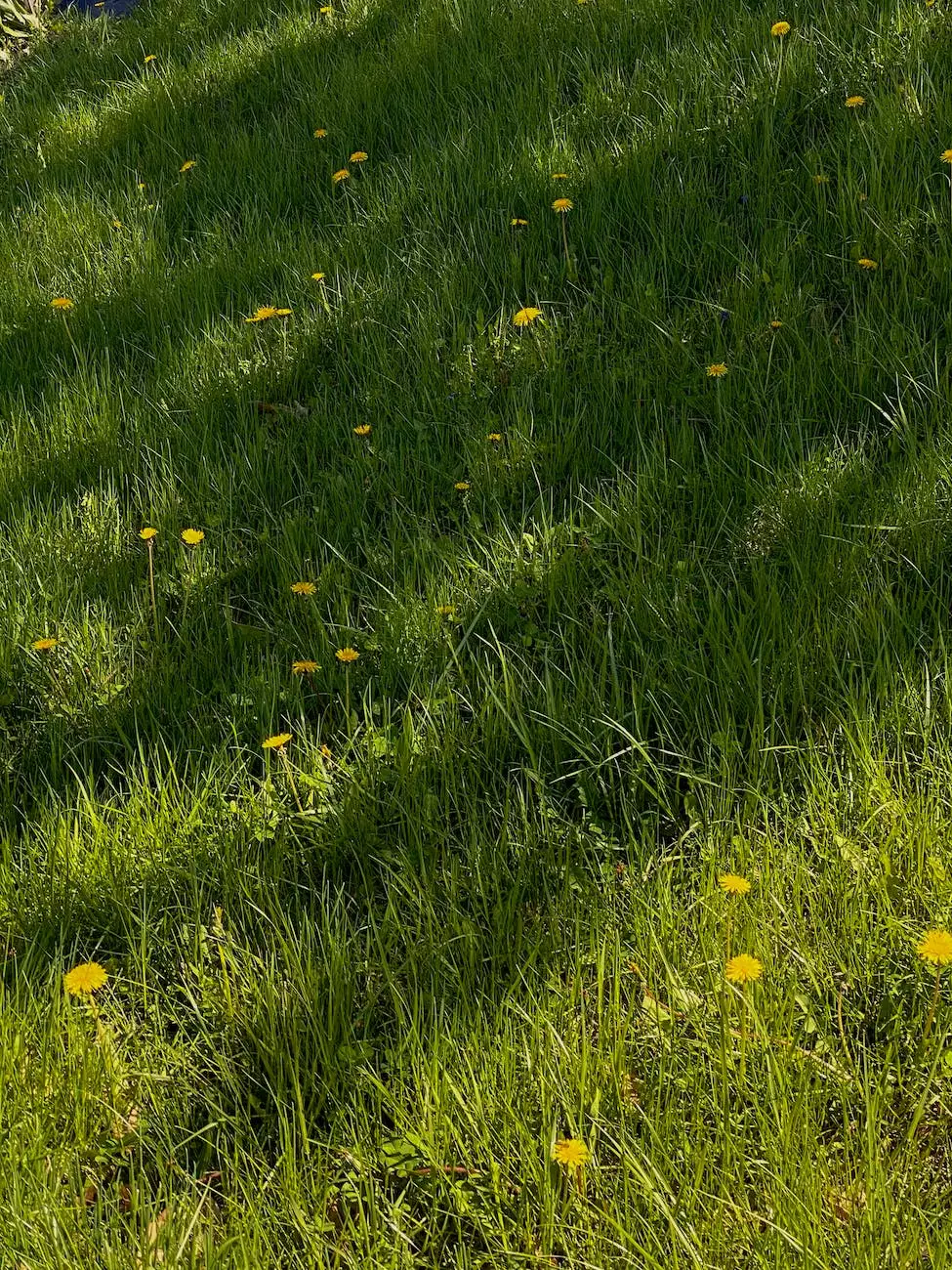Winter Lawn Tips: How to Prevent Snow Mold?
Lawn Care Tips
Welcome to Always Lovely Lawn Care, your go-to resource for all your home and garden needs. In this article, we will discuss effective tips and techniques to prevent snow mold and maintain a beautiful winter lawn all season long. Snow mold can be a common issue that affects lawns during the colder months, but with the right preparation and maintenance, you can ensure a healthy and vibrant lawn year-round.
Understanding Snow Mold
Snow mold is a fungal disease that affects grass when it is covered by snow for an extended period. It typically occurs in regions with heavy snowfall and cold temperatures. There are two types of snow mold: gray snow mold (Typhula blight) and pink snow mold (Microdochium patch). These molds can cause patches of discolored and matted grass, leading to unsightly and damaged lawns.
Preparing Your Lawn for Winter
Proper preparation is key to preventing snow mold. Here are some essential steps to take before the first snowfall:
- Cleanup: Remove any debris, fallen leaves, and lawn clippings from the lawn. This helps to minimize potential molds and creates a healthier environment for the grass.
- Mowing: Give your lawn a final mow at a lower height before winter. This prevents snow accumulation and reduces the likelihood of snow mold development.
- Aeration: Aerating your lawn improves the airflow and minimizes compaction. It also encourages better nutrient and water absorption, promoting overall lawn health.
- Fertilization: Apply a high-quality winter fertilizer rich in potassium to strengthen the grass roots. This enhances the lawn's tolerance to cold weather conditions and reduces the risk of snow mold formation.
Protecting Your Lawn During Winter
Once the snow arrives, there are several steps you can take to safeguard your lawn from snow mold:
- Clearing pathways: Shovel snow from your lawn onto cleared pathways or designated areas. Piling excessive snow can create a favorable environment for snow mold growth.
- Reducing snow buildup: Avoid high snow banks near your lawn's edge. These can melt and contribute to excess moisture, which promotes snow mold formation. Consider snow removal or relocation if necessary.
- Ventilating: On mild winter days, if possible, allow air circulation by gently raking the matted areas of the lawn. This helps to break up the mold and promote grass recovery.
Spring Lawn Recovery
As the winter season fades, it is crucial to aid in your lawn's recovery process:
- Raking: Once the snow has melted completely, gently rake the affected areas to remove any remaining debris and help stimulate new grass growth.
- Overseeding: If significant damage has occurred, consider overseeding the affected areas to promote the growth of new grass and fill in any sparse spots.
- Proper irrigation: As the weather warms up, provide adequate water to your lawn. However, ensure not to overwater, as this can contribute to mold development.
- Maintenance: Keep up with regular lawn maintenance practices such as mowing, fertilizing, and aerating to promote a stronger and more resilient lawn.
Conclusion
Preventing snow mold is essential for maintaining a beautiful and healthy lawn throughout the winter season. Taking proper precautions, such as clearing debris, aerating, fertilizing, and minimizing snow buildup, will significantly reduce the risk of snow mold formation. Additionally, assisting in your lawn's recovery in the spring by raking, overseeding, and providing proper irrigation will ensure it thrives and remains stunning year-round.
Always Lovely Lawn Care is here to support you in all your lawn care needs. Contact us today for expert advice, quality products, and professional services to keep your lawn in top shape!










